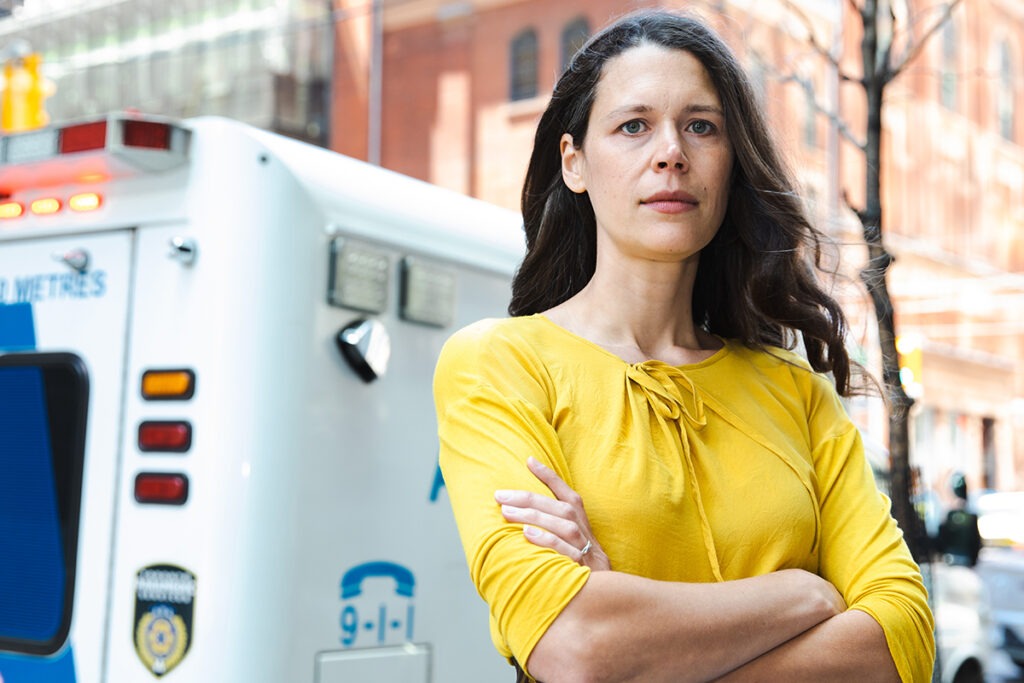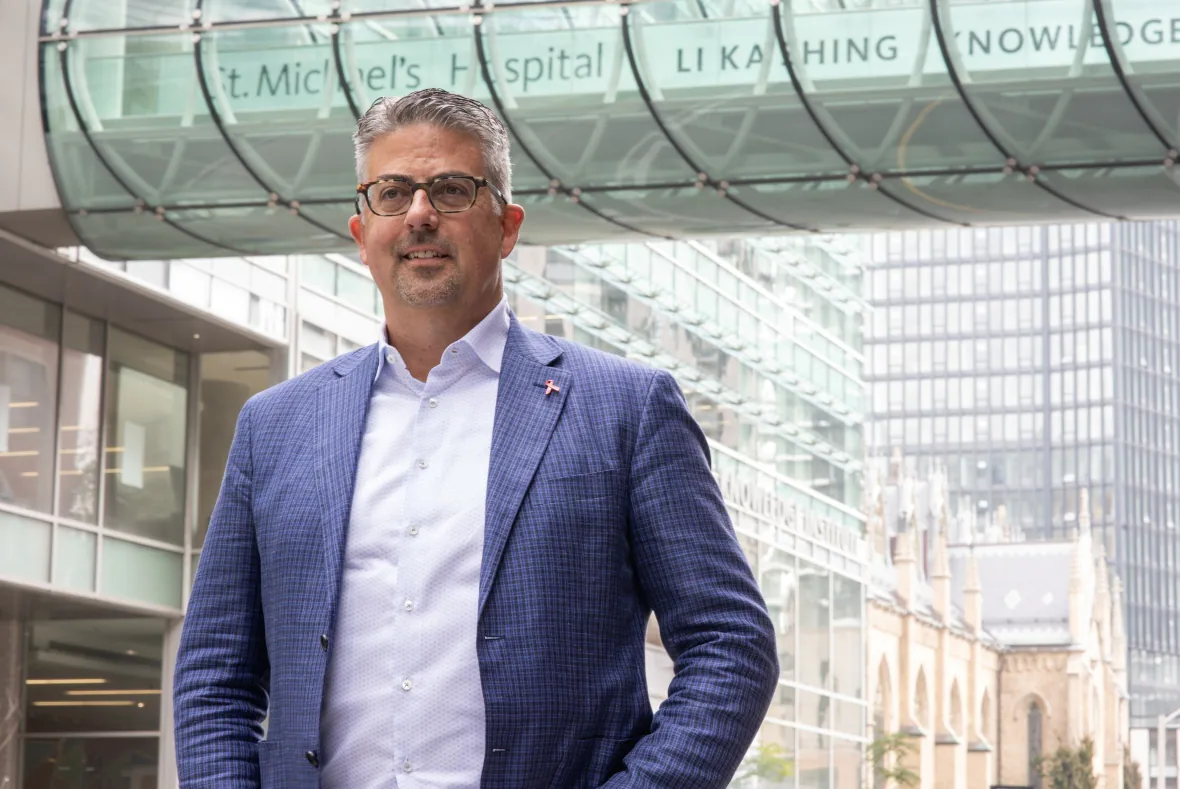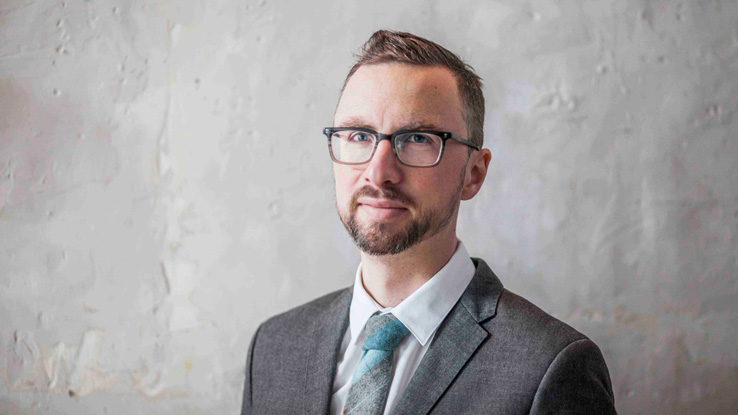From CityNews featuring Hayley Thompson
As Toronto Public Health (TPH) warns of yet another increase in suspected opioid overdose deaths, several agencies working in harm reduction across the city say they don’t have enough resources to combat the crisis.
Last week, TPH said paramedics attended 10 suspected opioid deaths over five days from July 17-21. Calling the cluster of deaths “very tragic,” Toronto police tells CityNews they saw similarly high clusters of death in November 2020, January 2021, and May 2021.
The City of Toronto says the COVID-19 pandemic exacerbated the already devastating opioid crisis and contributed to the “unprecedented increase” in opioid-related deaths.
There have been 143 suspected opioid overdose deaths recorded so far in 2022. The average number of deaths a month before March 2020 was 13; it is now 27.
Drug alerts, like the one issued last week, are done when an abnormality is detected that is usually informed by various sources, including harm reduction partners and their overdose monitoring system.
One of the harm reduction partners in the city is Toronto’s Drug Checking Service, funded as an overdose prevention measure by Health Canada and St. Michael’s Hospital Foundation.
The service provides people who use drugs with detailed information about the contents of their narcotics.
“We’re just allowing them or facilitating them to make the most informed decision by knowing what’s in their drugs because when you’re accessing drugs from an unregulated market, there’s no way of knowing exactly what’s going to be in them or even if you do know what’s in them the potency of what’s in it,” said Project Manager Hayley Thompson.
The drug checking service also then takes that data from the samples they have checked and shares that information publicly on their website. “[It’s to] help inform the care that people who use drugs receive as well as to inform clinicians, policymakers who are creating drug-related policies and researchers,” said Thompson.
They have checked over 7,000 samples of drugs since they opened in Oct. 2019, the majority (50 per cent) of which is fentanyl. The other 50 per cent is made up of various stimulants like cocaine, methamphetamine, psychedelics, and other opioids.




